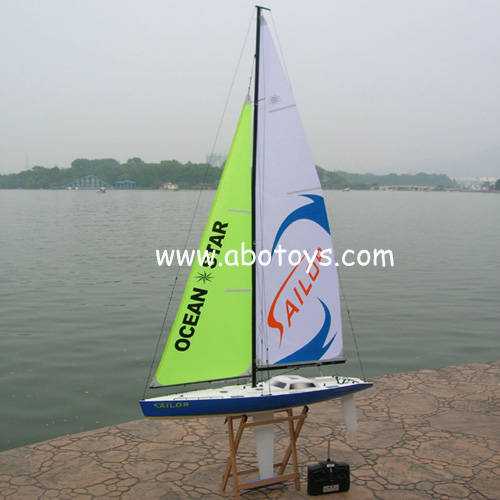
Planetary gear type: This alternative style uses three or more gears that mesh internally with the cable drum to move the core of the steering cable. These helms have the drawback of requiring a fairly large round assembly behind the dash, since the steering shaft is located outside the cable drum, so they often cannot be installed in smaller, more crowded dashboards. This original rotary design (which include the Big-T and Safe-T helms) is still best in terms of strength and efficiency, since there are usually only two gears. Reduction gear type: One or more gears mesh with the steering drum to move the helical core of the steering cable. There are two types of rotary helms, with different applications, strengths and weaknesses. Rotary steering helms have a round gear around which the cable turns as you turn the wheel. The helm is the mechanism behind the instrument panel that converts the wheel’s rotary motion into a push-pull motion on the cable. We’ll start by looking at the most important component, the helm. They consist of a wheel, helm, push-pull cables and connection kits-hardware that allows you to connect your steering system to your boat’s I/O or outboard engine. Mechanical Steering Systems achieve good handling performance and provide safe operation for smaller powerboats (up to 34'). Safe-T rotary helm has a relatively quick three turns lock-to-lock, but has a bulky gear housing, so is almost 7" wide. Be sure to water-test your new system carefully as you become familiar with the changes in your boat’s maneuvering. Changing from the original steering configuration may affect your boat’s handling and feel, and may be made a bigger challenge due to modifications required to accommodate the new components. The retrofit becomes a lot more complicated, however, requiring careful consideration of fit, performance and value. If you want to improve performance for faster response or lower steering effort, upgrading to No Feedback, power-assisted mechanical or hydraulic steering can result in a big improvement. These components must be replaced as units for safety and convenience and, since engine interfacing is standardized (on systems newer than 1976) your task is simple. Repair parts for mechanical steering helms, cables and engine connection kits are not available. Try to identify the type of cable from marking on the jacket, and the helm from lettering on its cast/molded body. This ensures that your boat will continue to handle as it was designed, and simplifies the installation process (a very doable DIY project for many boat owners). When installing new steering, it’s good practice to replace a steering system with one of the same type as was originally installed in your boat-rotary with rotary, rack with rack, hydraulic with hydraulic. To make sure the used boat you’re considering has, in fact, been well kept and is in safe, operable condition, you should have a marine surveyor perform an assessment for you.Then you’ll have peace of mind that your investment is sound.The used ski boats in our listings represent all the manufacturer and brand names you know and trust.Check with us first for an excellent deal on a classic Ski Nautique from Correct Craft, an immaculately kept MasterCraft ProStar, an open bow Ski Centurion Heritage, and so many others.When you’re looking for a top quality ski boat at an price you can live with, OnlyInboards is guaranteed to have the right one for you.Boaters generally pay little attention to their boat’s steering system, as long as it does the job without excess friction or play, but as our boats age, the steering system may need replacement.


That’s a significant price difference! And as long as it has been well kept and is still in good condition, you’re getting a great deal.

You could save up to 33% on a 10-year old boat. Get a great used wakeboard boat and still have plenty of money left for fuel, upkeep, storage, and all that waterski gear! Buying your ski boat used also saves you a great deal of depreciation.


 0 kommentar(er)
0 kommentar(er)
